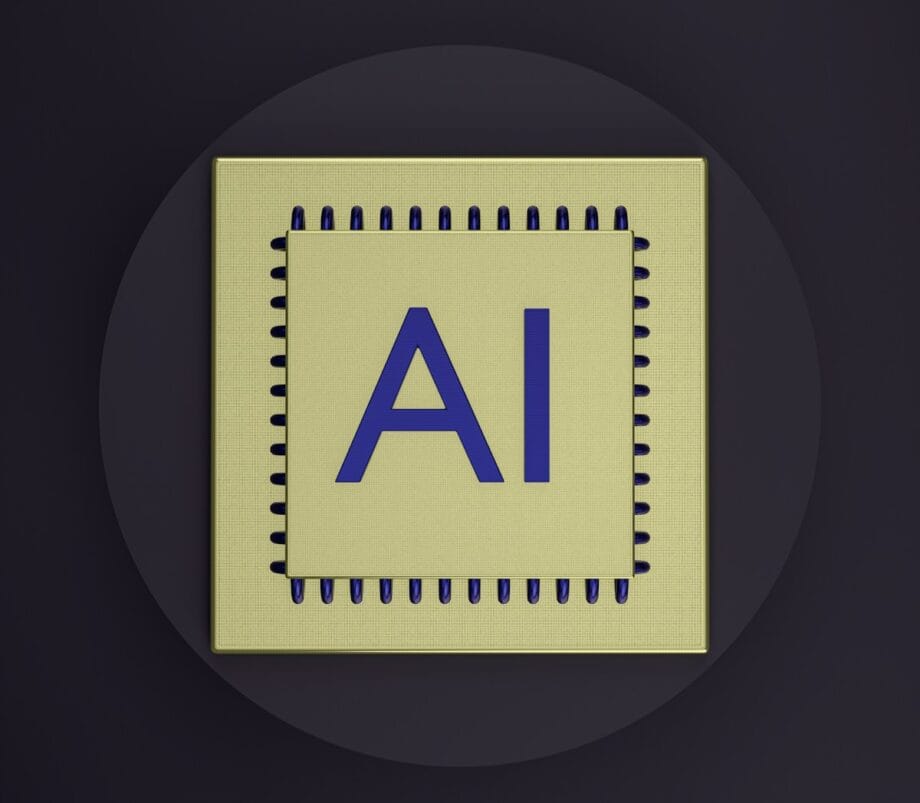Artistic Creation in the Age of Artificial Intelligence
The emergence of artificial intelligence as a creative force has ignited fervent debates surrounding the ownership of copyright in artworks generated by machines. Central to this discourse is the pressing question: do the rights to such creations reside with humans or the AI systems that generate them?
Esteemed figures like Dr. Stephen Thaler are at the forefront of this intriguing discussion, particularly regarding the legal status afforded to AI-crafted pieces.
A notable instance of contention stems from Dr. Thaler’s push for copyright protection for his artwork titled “A Recent Entrance to Paradise,” produced using an artificial intelligence interface.
The U.S. Copyright Office, however, dismissed his application, firmly establishing that copyright eligibility is reserved solely for human-generated works.
This decision initiated a broader dispute between Dr. Thaler and the U.S. Copyright Office, advocating for clarity in a rapidly evolving artistic landscape.
Upon appealing the ruling on constitutional grounds, Dr. Thaler’s arguments prompted the U.S. Copyright Office to acknowledge that creations stemming from AI could indeed be classified as artistic endeavors. Nonetheless, they upheld their position, asserting that since AI lacks human attributes, its creations do not meet the threshold for copyright protection as outlined in current legislation.
The Copyright Office underscored that existing regulations unequivocally favor human-originated art and critiqued Dr. Thaler’s appeal as insufficient to amend these legal precepts.
Additionally, Dr. Thaler sought copyright for another AI-created piece known as “DABUS.” However, this application was similarly rebuffed by the United States Patent and Trademark Office, the UK Intellectual Property Office, and the European Patent Office, which reasoned that the work lacked human authorship.
In a comparative legal framework, Japan has also delineated that its copyright laws exclusively safeguard creations imbued with human emotion, deeming works birthed from computer algorithms—including those fashioned by AI—lacking the essential characteristic of “uniqueness.”
Consequently, these creations find themselves outside the purview of content copyright protection.

Yet, it’s noteworthy that in Japan, the Intellectual Property Strategy Headquarters has illuminated that despite the lack of copyright for AI-generated content, the rights associated with the exploitation of such creations may still be legally protected.
The rights are retained by the individuals or entities that operationalize the AI systems responsible for the artwork.
Conversely, across certain jurisdictions in Africa and Europe, there have been notable successes where AI-generated works have successfully navigated the copyright landscape, suggesting that the recognition of such rights is inconsistent and varies significantly from one locale to another.
Source link: Mashdigi.com.






